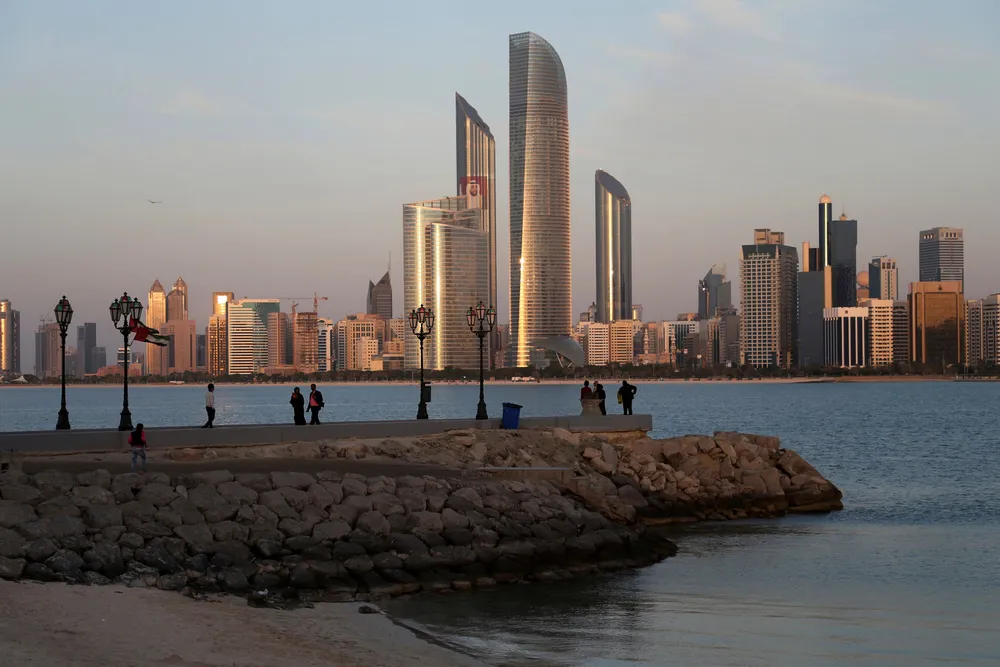UAE energy heavyweights team up to target renewables and green hydrogen
Adnoc, Taqa and Mubadala will all hold key stakes in Masdar's renewables and green hydrogen businesses as they target 50GW of renewable energy capacity by 2030

Adnoc, Taqa and Mubadala will all hold key stakes in Masdar's renewables and green hydrogen businesses as they target 50GW of renewable energy capacity by 2030
